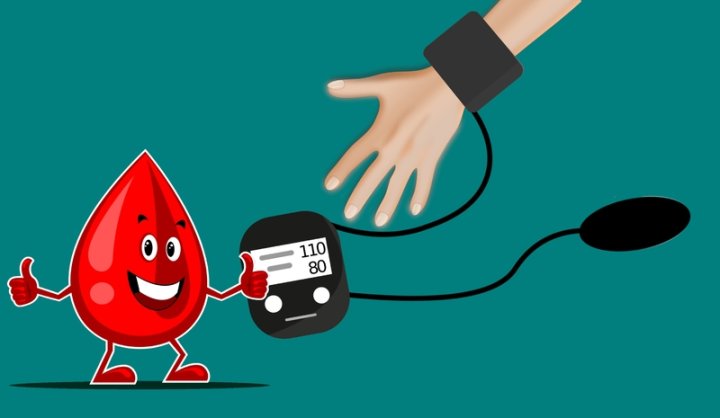Any person may go into sudden cardiac arrest without warning. If this happens, those around them must be prepared to act quickly. Doing so could save the ill person’s life.
Table of Contents
What is Sudden Cardiac Arrest?
When there is an electrical malfunction in the heart, a person goes into sudden cardiac arrest. This is a medical emergency, as the heart stops beating entirely. This sudden loss of heart function leads to a loss of consciousness and breathing. Blood will no longer circulate to the brain and other organs. Without immediate help, the person might suffer structural brain damage if they live. Many people die following a sudden cardiac arrest.
Many businesses and government agencies are investing in automated external defibrillator packages to ensure immediate help is available. An AED may be used to restore a person’s heartbeat. As up to 80 percent of people who suffer a sudden cardiac arrest die before reaching the hospital, prompt action is essential. These AEDs can help keep a person alive until first responders arrive and take over this individual’s care.

Helping Someone in Sudden Cardiac Arrest
A rapid response is needed when someone is in sudden cardiac arrest. CPR must be done immediately and followed up with an AED. Taking these steps increases the person’s odds of survival by 38 percent. What steps should a person take when they believe someone suffered a sudden cardiac arrest?
- Check to see if the person fell or fainted. During a sudden cardiac arrest, the person will lose consciousness and collapse. See if they are alert and have a pulse.
- Call 911 immediately. This individual needs immediate medical attention.
- Find an AED and use it. Many places have these devices today. Search for a sign featuring a red heart with a lightning bolt inside. The AED walks the user through each step, so no training is needed to use the machine.
- The machine will analyze the person’s heartbeat and deliver a shock when needed. Following this shock, someone must perform CPR on the victim for two minutes, doing approximately 100 compressions per minute.
- Press down at least two inches with each compression and allow the chest to recoil entirely before compressing again.
- If the person still has no pulse after two minutes, use the AED again. Repeat this process until help arrives.
Warning Signs of a Sudden Cardiac Arrest
Sudden cardiac arrests cannot be predicted. They are immediate and unexpected. However, some studies show SCA survivors noticed a few things right before the arrest happened. They felt dizzy and short of breath immediately before the SCA. Some had chest pains or seizures in the arms and legs. Anyone who feels nauseous or like they need to vomit should look for those symptoms, as vomiting and nausea often come on an hour before the cardiac arrest.
Risk Factors for Sudden Cardiac Arrest.
Men and women with coronary artery disease or an enlarged heart are more at risk of sudden cardiac arrest. Those with valvular heart disease or congenital heart disease should talk with their doctors to learn how to reduce their risk of SCA. The same holds for anyone diagnosed with electrical problems in their heart. Any disruption to the heart’s normal rhythm can bring about sudden cardiac arrest.
Other things might also cause sudden cardiac arrest. Physical stress, heart attack, and drug use are other identified causes of SCA. Regardless of what led to this event, quick action is essential to save the individual’s life. Knowing what to do in this situation can mean the difference between life and death.




